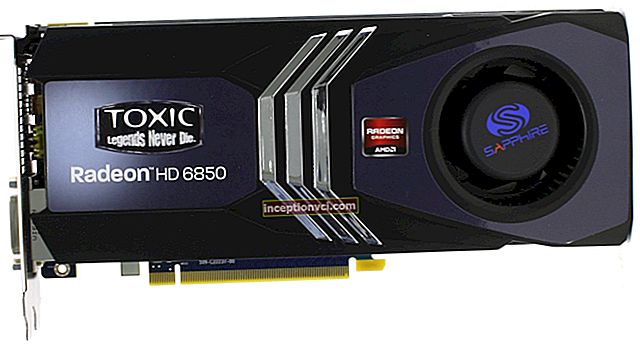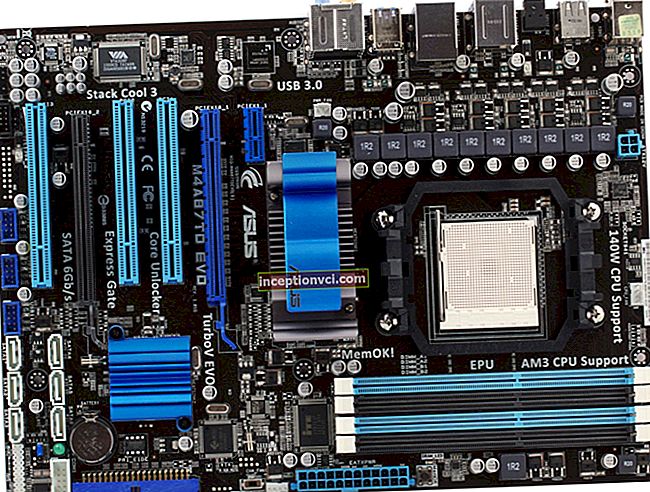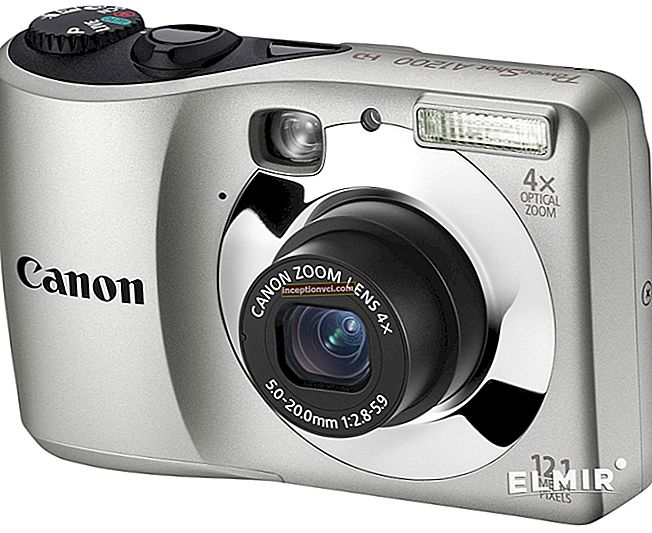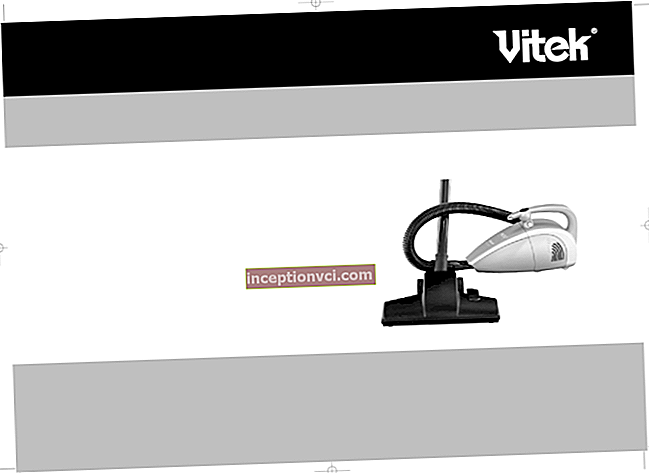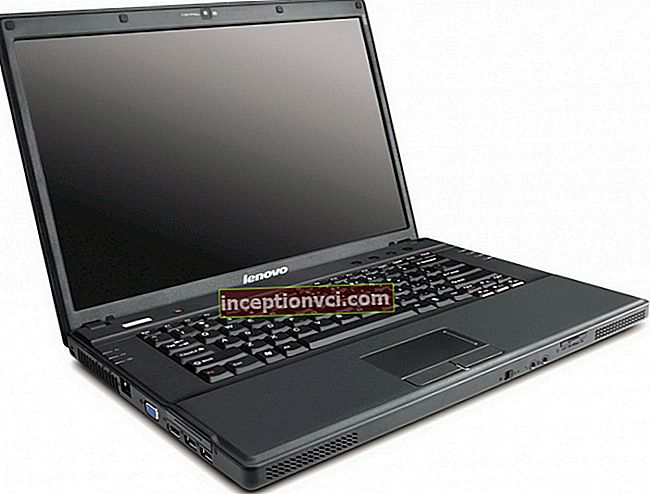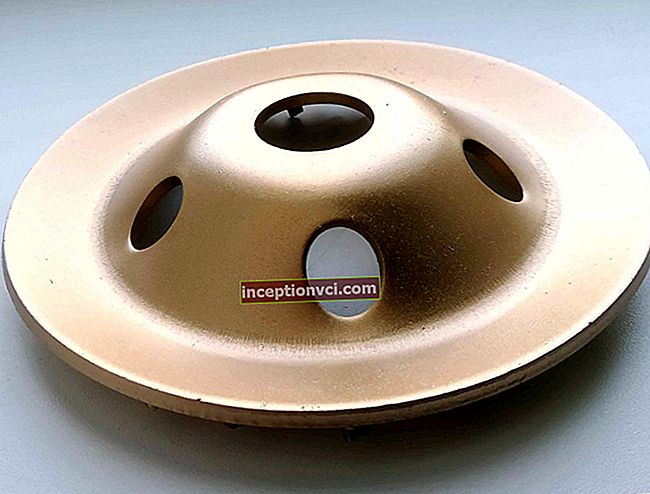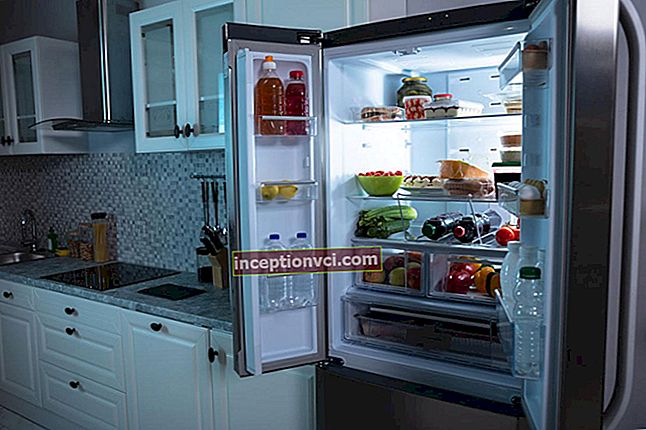

There is always a buyer for cheap devices, it is well known. And if the budget model of the router is also supported with a guarantee by a large provider, or even several, it is simply doomed to commercial success. The only question is how well such a device will cope with the distribution of the Internet within the home LAN and whether it will not lose contact with the provider at the most inopportune moment. Well, we have the opportunity to check it out.
The router comes in a small colored box, inside of which there is another one made of white cardboard. And already in it rests the router itself, its small power supply unit (the size of a charger for a mobile phone), a patch cord, a disk (as it turned out, with instructions in English), a short guide in five languages, including Russian, a warranty card and a bag with four rubber legs. The package bundle is the most minimal, no frills. (Well, I sometimes observed exactly the same set in the top models).
Seeing the logos of five popular providers on the box, I naively thought that instructions for setting up a router for each of them were written on the disk attached to the device. However, in reality, I had to be content with a general-purpose manual.
First of all, let's pay attention to the atypical address of the router's web admin panel - 192.168.10.1. To begin with, I had to return the device settings to the factory settings, since he had already visited someone for testing and that someone had set their own admin password. It's funny that the reset was successful not from the first, but from the third time. After that, it became possible to finally go to the "Control Panel".
She meets a user interface in austere black and gray, befitting the official funeral home website. If pop-up windows are not blocked in the browser, the Setup Wizard immediately pops up when you enter the admin panel. He suggests raising the network in six stages. On the first of them, a new admin password is set (and this is the correct solution from a security point of view). On the second, the time zone is selected. The third step is devoted to the settings of a DHCP server that distributes addresses to computers on your local network. The range of IP addresses for them is indicated here. At the same time, here you can change the IP address of the "Control Panel".
At the next step, you are asked to choose a method of connecting to the provider. Available Ethernet and PPPoE, both with static and dynamic IP, as well as PPTP, L2TP, BigPond and highly useful PPPoE, PPTP and L2TP of the Ukrainian standard (marked "Ukraine"). It is these types of connections that should be used in most popular networks. By the way, static and dynamic addresses are actually supported for all protocols, just in the settings wizard menu they go as separate items only for the first two cases.
The penultimate step of setting up with the help of the wizard allows you to change the name and number of the Wi-Fi network channel, but not the type of encryption and password for accessing it. Finally, a reboot is proposed with saving all changes in the settings.
Despite the fact that the wizard seems to be made with the mind, it will not be possible to fully configure the network only with its help. And only two items are missing - those where the MAC address of the WAN interface and the encryption settings of the radio network are set. However, it is possible to change the physical address of the external network interface only from the Ethernet connection setup item (by itself, it is available from the wizard menu, but not everyone will guess to go there). And the security settings of the access point are only in the Wireless item, in the Security section. We strongly recommend using the most complex type of encryption offered (WPA2), and we also advise you to come up with an "abracadabra" password without any meaningful language constructions.Otherwise, you could very soon turn into an alternative free internet service provider for the cunning companions in your home.
Well, after manually adjusting the connection parameters, if not from the first, but from the second time, the network rose and since then has not fallen down during the tests. The Wi-Fi access point pleases with its bug-free and very decent power, and all network services work as expected. Who else, but I think that for such a price it is a sin to demand more. Moreover, the functionality of the device is quite up to par.

